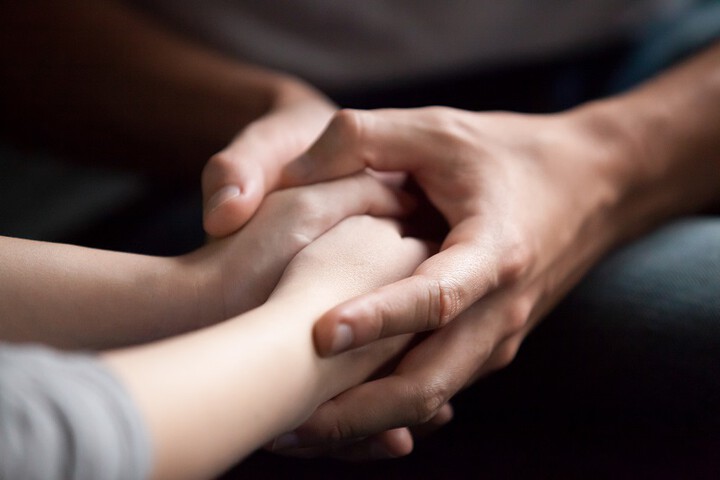
Back in 2009, there were 6,909 distinct languages in the world. In 2017, there are 195 countries in the world. Current world population is estimated at 7.5 billion.
When you think about it, that’s a lot of languages, a lot of countries, and a lot of human beings, right? All these people have certain things in common. They all eat, sleep, think, act, communicate, but also, at some point or another, they greet each other. Greetings can vary greatly from country to country, especially if the two are located far away from each other.
This variation in greetings makes it very easy for an unsuspecting traveler to offend a person from another country. This variation in greetings (as well as signs and signals of mockery, derision, and insult) also makes it very easy to get beaten up. Okay, kidding, but you get it.
When you think about different greetings, you most probably don’t stray far away from that of your own country. Handshake, kiss on the cheek? You may even think of the “exotic” ones, for example, Spain with its two kisses. Touching noses? A Botswana 3-step handshake, as a legitimate greeting? Sticking your tongue out?!
All legitimate, all used regularly.
Let’s go over 9 different hand-picked unusual greetings from around the world.
1. Tibet
By far the most unusual one (to a typical Westerner) is the Tibetan In order to say hello to you, the people of Tibet stick their tongues out, an act of mocking and derision in Western cultures. It is said that an evil ancient Tibetan king had a black tongue, so Tibetans stick their tongues out to other people to convince them they are not, in fact, the reincarnated king.
2. New Zealand
Another unusual greeting is the traditional greeting of the Maori people of New Zealand. They greet visitors (not each other) with a gesture called hongi. They do it by closing their eyes and gently touching foreheads and noses together. The greeting imbues the visitor with the Maori breath of life. It’s a beautiful and often very emotional interaction between two human beings.
3. Spain
Not so exotic, but to a Westerner unused to double-kissing – highly confusing. When you meet a Spaniard, you kiss them on the cheek. Twice. On his, ten or so visits to Madrid, the author of this article had great difficulties adjusting to the double-kiss greeting. He’d almost always forget the second one, finding himself in a number of embarrassing and amusing situations.
4. Japan
In Japan, bow. Generally, the deeper the bow, the more you respect the other person. Indicative of the importance of the bow, is the fact that children learn how to perform it properly from a very young age. Bows usually fall within three categories: informal, formal, and very formal – at 15, 30, and 45 degrees, respectively.
5. India
You’ve heard of Namaste, right? It is a traditional Indian greeting, in which people put their palms together (usually over their heart) and say “Namaste”. It’s beautiful and has a certain meditative quality.
6. Greece
Every ‘dude’, ‘bro’ and ‘chap’ in a pub patting everyone on the back and putting their arms around people’s shoulders would fit in perfectly in Greece. A lot of Greek men pat each other on the back or shoulders when greeting each other.
7. Kenya
If you’re not particularly excited by even the aforementioned exotic greetings, pop over to Kenya. The Maasai, a Kenyan warrior tribe, perform an elaborate ceremony to welcome their visitors. Adamu is a traditional jumping dance, performed by the warriors who gather in a circle, chanting, shouting, and trying to see who can jump the highest. It’s quite a spectacle.
8. Thailand
In Thailand, you’ll come across the traditional Thai greeting called Wai. In a Wai you press your palms together (as if praying), and slightly bow your head. Much like the Indian Namaste, Wai has a certain meditative, calming quality about it.
9. World
To sum this list up, let us not forget the ever-present greeting, to a lot of people in the world most familiar and natural: the handshake. Wherever you are in the world, if you are not sure how to greet a person, a handshake will prove a relatively safe, all-around, universal fallback greeting. Also, it’s worth noting that handshakes are an appropriate way to greet both men and women. Quick handshake guide: firm grip (but not too firm), look the other person straight in the eye and go for a quick one-pump handshake (not too long, not too short). You’re good to go.
Before you travel anywhere in the world, besides researching things like hotels, restaurants, and airline tickets, spend a couple of minutes reading about any potential cultural differences you might encounter. It would be prudent to learn how to greet the locals, learn the rules of conduct, and perhaps even learning a word or two (hello, thank you) in their language.